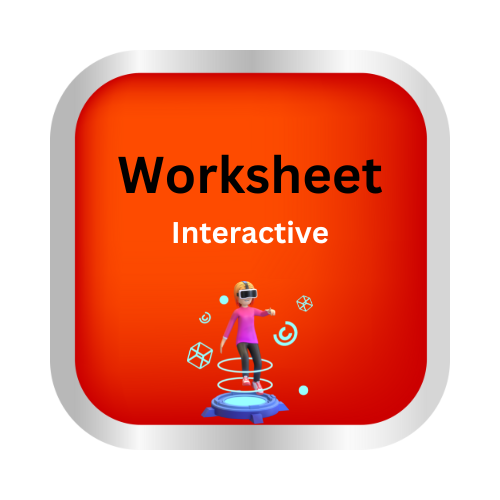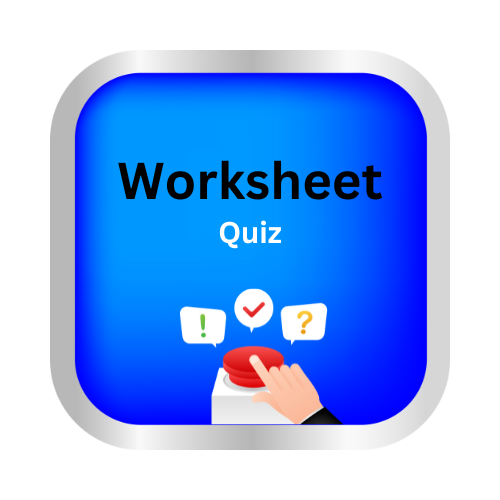Price lists with multiplication
key notes :
Understanding Price Lists
- Explain what a price list is (e.g., a table showing the cost of different items).
- Use examples from everyday life, such as menus, grocery store lists, or catalog prices.
Using Multiplication with Price Lists
Highlight that multiplication helps find the total cost when buying multiple quantities of the same item.
Show examples like:
1 apple costs $2, so 5 apples cost 5 × 2 = 10 dollars.
Real-Life Scenarios
- Present real-world situations like shopping for groceries or calculating the total cost for a group meal.
- Encourage students to practice reading price lists and applying multiplication.
Steps to Solve Problems
- Step 1: Identify the price of one item from the price list.
- Step 2: Determine the quantity of items to buy.
- Step 3: Multiply the price of one item by the quantity to find the total cost.
Learn with an example
➡️ How much money does Heather need to buy 5 plastic crabs?

₹______
Find the total cost of 5 plastic crabs by multiplying 5 times the price of a plastic crab.
₹ 3 x ₹ 5 = ₹15
Heather needs ₹15.
➡️ How much money does Ellen need to buy 4 scrapbooks and 4 atlases?

₹______
Find the cost of 4 scrapbooks.
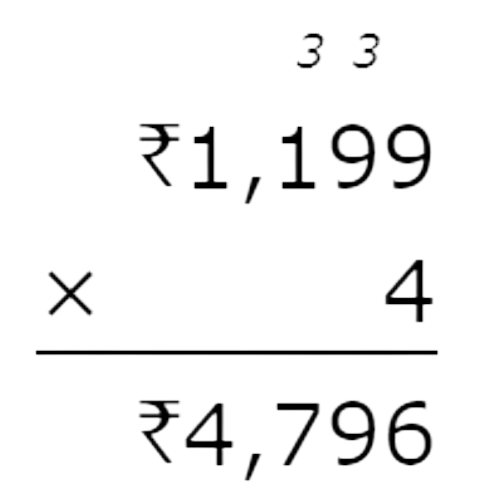
Find the cost of 4 atlases.
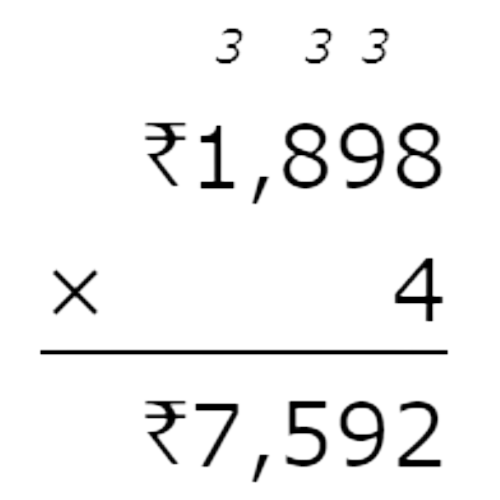
Now find the total cost.
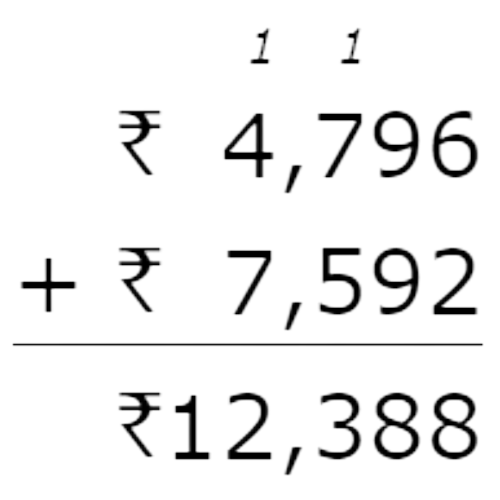
Ellen needs ₹12,388.
➡️ How much money does Nolan need to buy 5 nectarines?
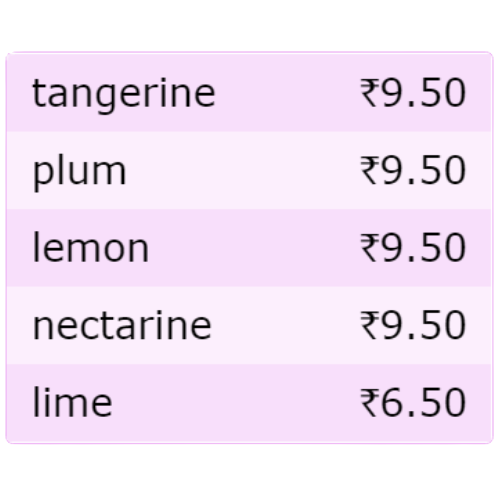
₹________
Find the total cost of 5 nectarines by multiplying 5 times the price of a nectarine.
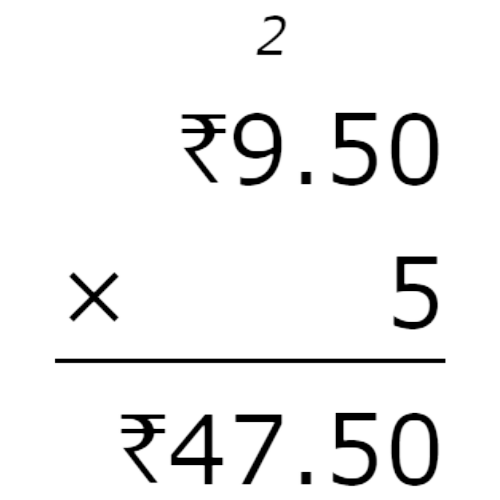
Nolan needs ₹47.50.
let’s practice!
